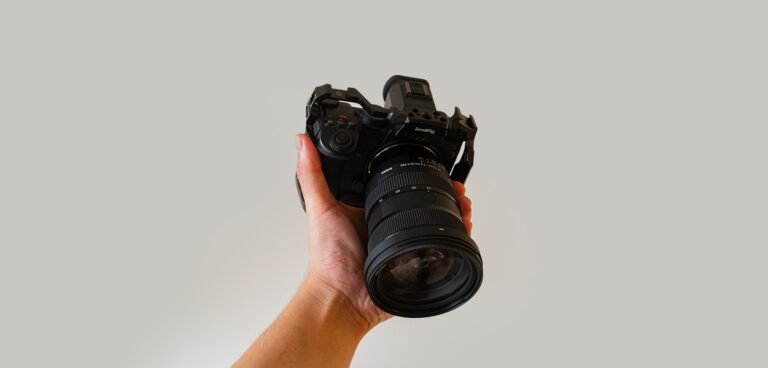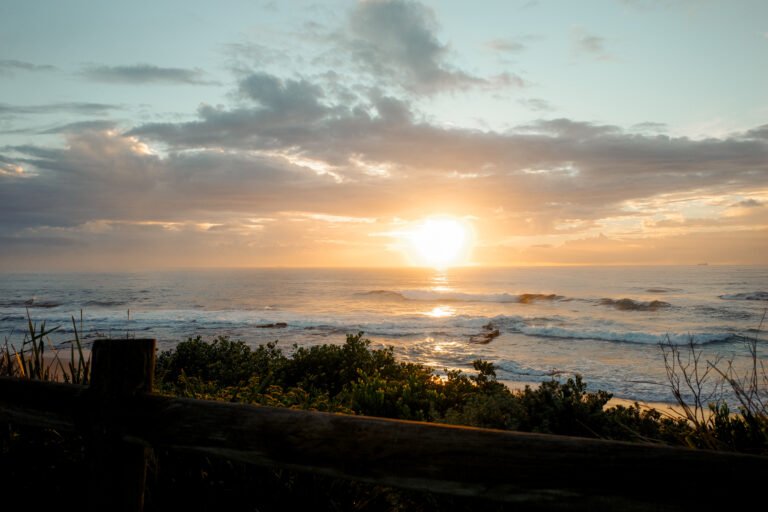
Is the Fujifilm X-T4 still worth buying in 2025?
I’ve owned a Fujifilm X-T4 since it’s release in 2020. I bought it as an upgrade from my X-T3 and have used it professionally as an automotive and wedding photographer, and casually to photography day-today life. The X-T4 brought in the addition of several features that I saw as a big step up and worthy upgrade from the X-T3 – these features being IBIS, a bigger battery, a fully articulating screen (although I quite like the tilt screen on the X-T3), and a dedicated switch to change from photo to video mode quickly. Five years have passed since its release and it now has a successor, the X-T5. This article will not be a direct comparison between the two as there are plenty comparisons already out there, I’m simply hoping to help potential X-T4 buyers by sharing my thoughts on if buying an X-T4 in 2025 is worth it or not.
To start, let’s look at the market. At the time of writing this, a quick look on Facebook Marketplace shows seven Fujifilm X-T4s (body only) available near me ranging from $1150 – $1500 AUD. The X-T5 body retails at $2300 – and second-hand prices hovering around $2000. Back in 2020 when I was looking to buy a new camera, I was comparing the X-T4 with Sony’s nearest equivalent at the time, the A7III, a superb camera. If I look at prices for the A7III, I can see prices ranging from $1600-$1800. A little more expensive than the X-T4. If we are talking about price, we have to consider the cost of lenses. Fujifilm lenses tend to be more affordable than Sony counterparts, often being able to buy multiple Fujifilm lenses for just one of Sony’s. However, to be fair, it is important to note that Sony does have more third-party options than Fujifilm, and these third-party options can save Sony users plenty of money.

Build Quality
I adore the build and cannot complain about the handling of the camera. It looks fantastic and feels premium. The tactile feel of the dials is what brings many photographers to these cameras, myself included. The dials feel well built, the material is not cheap, and over many years of putting it to work without babying it, it is still going strong despite the bumps and bruises. The articulating screen is nice to have, although I personally prefer a tilt screen for the low/overhead shots. These cameras are built tough, but if you buy second hand and have the ability to test it before buying, I recommend turning the camera on and giving all the dials a nice spin, making sure they all feel right and do what they are supposed to.

Image Quality
The 26.1MP X-Trans sensor remains more than enough to produce superb quality images. The RAW files are great to work with – very flexible. Most of my photography was captured for use on company websites, wedding albums, or social media, and the X-T4 delivers on all fronts. Am I left wanting more? Only in low light. A full frame camera definitely has better capabilities for low light shooting. I don’t often shoot in low light, but when I do, I naturally find images get grainy when bumping up the ISO. So if you think you’ll be spending a lot of your time shooting in dimly lit situations, there may be other better options out there.
Video Specs
To be honest, I think there are many cameras out there that are much stronger spec’d for video in 2025, and you can get these cameras at similar price ranges, perhaps cheaper? People will talk about specs when it comes to video, and to be fair, the specs are great. 4l/60p at 10-bit internally is still good today, but there is an angle I want to talk about that I think is underrated. I think the best thing about the X-T4’s video capabilities is how easy it is to get great looking video straight out of camera without shooting in LOG… I know this will make some people angry not shooting in LOG, but it does have its perks – smaller file sizes, quicker to load, faster to edit which means faster to deliver a final product. Seriously, minimal grading in post using one of Fujifilm’s picture profiles can get you GREAT results.
Battery Life
The X-T5 uses the NP-W235 battery, which is the same one found in the newer X-T5. What can I tell you about the battery life without making this a total comparison review? I don’t count how many shots I can get with each charge, because that means nothing to me? What I can say is the battery served me well when I travelled through Europe. It would last me a couple days of on-and-off shooting while turning the camera off when not using it. For professional use in a wedding scenario, you’ll need extra batteries. Bring two extras for a full day of shooting. Or think about adding a battery grip although that might set you back a chunk of money. I used third party batteries; they didn’t last as long as the native Fujifilm batteries but I had no issue with them and they did the job. For weddings, I carry six spares – more than I’ll ever need but you never know what might happen…
Fujifilm Jpegs
The hype is real. I’ve had a wide range of cameras but (only) have three cameras at the moment. Throughout all my assortments of cameras, I feel like I cannot ever live without a Fujifilm in the lineup simply because of how much I love the jpegs. The look I can achieve with them straight out of camera is the best I have ever seen. I spend a lot of time editing client work, but for personal photos of my life, family, friends, everyday moments, the Fujifilm is the go-to! It captures life beautifully and it keeps photography fun with minimal edits required in post.
User experience
The hype is real. I’ve had a wide range of cameras but (only) have three cameras at the moment. Throughout all my assortments of cameras, I feel like I cannot ever live without a Fujifilm in the lineup simply because of how much I love the jpegs. The look I can achieve with them straight out of camera is the best I have ever seen. I spend a lot of time editing client work, but for personal photos of my life, family, friends, everyday moments, the Fujifilm is the go-to! It captures life beautifully and it keeps photography fun with minimal edits required in post.
Conclusion: Is it worth it?
It has been hard not to sound completely and totally biased towards this camera, but that’s because it has served me so well on a professional and casual level for five years now. I trust it, and it has held up so well that I continue to trust it. I like it so much that I haven’t even felt the need to look at the X-T5 as the X-T4 does everything I need it to and more. Prices for these are relatively good right now, thankfully these cameras do not get absurdly marked up in the second-hand market like the X100V. Of course, you’ll need to do the math and consider prices of everything. I can tell you assuredly that if you want a camera that takes fantastic pictures, has competitive video specs, is built to last, has a great ecosystem of lenses, and is a pleasure to use, the Fujifilm X-T4 is STILL a great purchase even in 2025. It has certainly stood the test of time, and I struggle to think of a feature I absolutely need in an X-T6 that will make me feel like I need to upgrade. I will most likely keep this camera forever.


